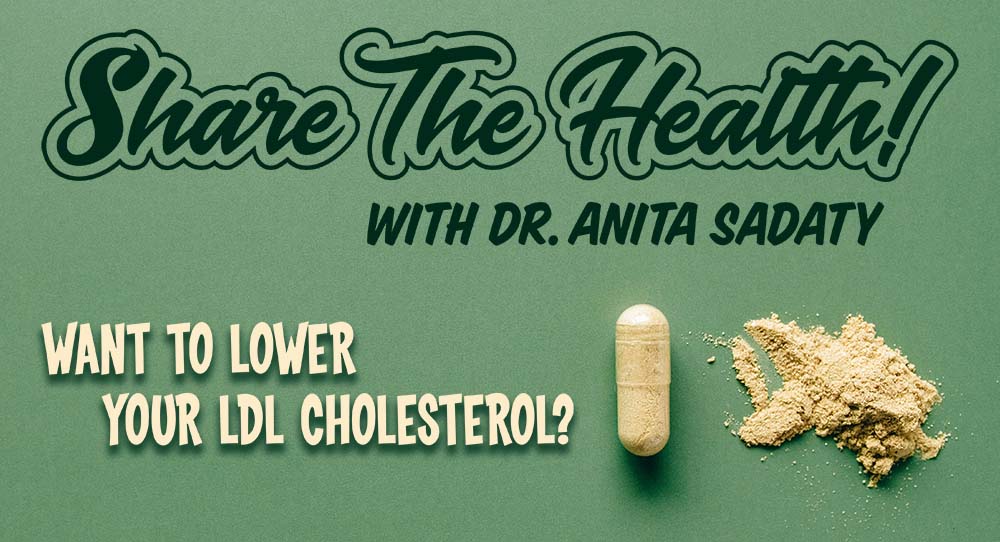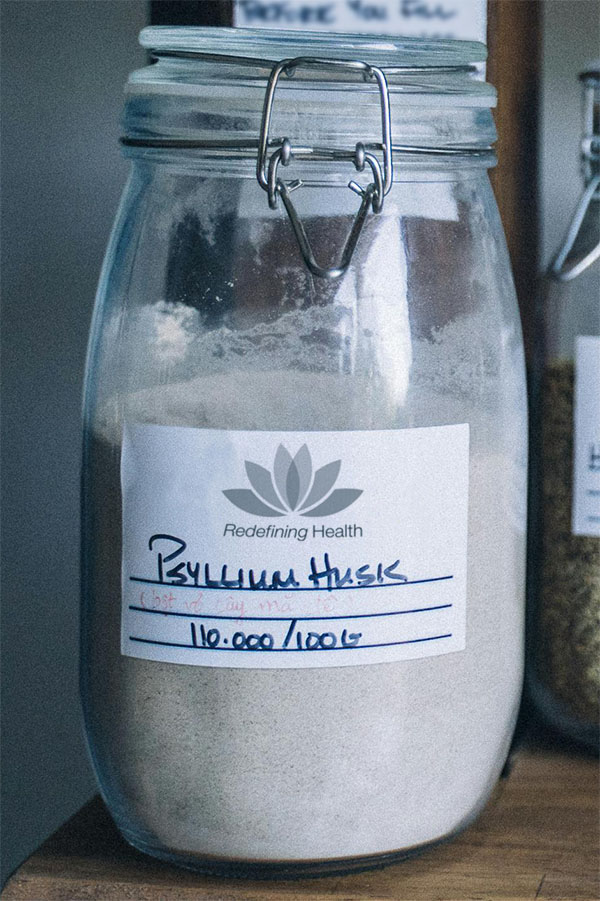
Want To Lower Your LDL Cholesterol?
Try Psyllium Husk
Once menopause hits, many women find a steep rise in their total cholesterol and LDL cholesterol. Even those with years of normal cholesterol levels are stumped by this shocking shift despite having changed nothing else about their diet and lifestyle.
Although this phenomena is common, it is not clear why this happens so abruptly. Certainly estrogen confers protection against inflammation and cardiovascular disease but even replacing hormones doesn’t reverse this trend on blood testing. Although I do not believe that lowering cholesterol dramatically reverses heart disease risk in women, higher LDL levels may be a sign that your risk is elevated.
Enter Psyllium Husk
➔ Psyllium husk can lower both LDL and total cholesterol levels.
How Does It Work? Psyllium forms a gel like substance in your gut that traps bile acid needed to digest fats. The trapped bile acids are then eliminated from the body. To compensate for the loss of bile acids, the liver uses cholesterol from the bloodstream to produce more bile thus lowering serum cholesterol levels.
What Are The Benefits of Psyllium Husk?
Psyllium is a soluble fiber, a key component for regulating blood sugar levels. It slows down glucose absorption into your bloodstream from the gut.
Psyllium fiber can help with weight loss by promoting feelings of fullness and reducing appetite. This can lead to reduced insulin resistance and improved HgA1c levels, a marker for diabetes which is highly associated with high LDL cholesterol.
A 2023 meta-analysis found that, on average, 10 grams of psyllium husk per day, taken before meals, led to a 5 lb weight loss and a 1 inch reduction in waist size among people who were overweight or obese. This weight loss is likely due to reduced insulin resistance from improved blood sugar control and reduced calorie intake from increased feelings of fullness.

Practical Dosing Strategies
The most common dose of psyllium husk shown to have therapeutic effects for gut issues is 10–15 grams per day divided into doses of 4–5 grams. Recall that minimally you should be consuming 25-30 grams of fiber a day.
Start small — about one teaspoon per day of powder with 8 ounces of water or use psyllium husk capsules – the equivalent of 4-5 grams to start. Gradually increase the amount to allow your body to adjust to the fiber intake as side effects may include bloating, gas, and cramping.
It’s important to remember that drinking enough water with psyllium husk will help avoid constipation. Give this a try! It takes 3-5 months to see shifts in weight, LDL levels and blood sugar markers.Please Share the Health if you liked what you read!!!
For more information about my wellness programs and my practice, check out my website drsadaty.com. Hey Look! You are already here… Ready for the legal disclaimer? Information offered here is for educational purposes only and does not constitute medical advice. As with any health recommendations, please contact your doctor to be sure any changes you wish to consider are safe for you!Mental Health Hormones Doctor Anita Sadaty Share The Health board certified gynecologist New York Functional Medicine NY Women’s Wellness
Do you recommend a brand of psyllium husk powder?
Hi Jackie, Yes, we have a preferred brand. Use this link: https://tinyurl.com/jp8359rb